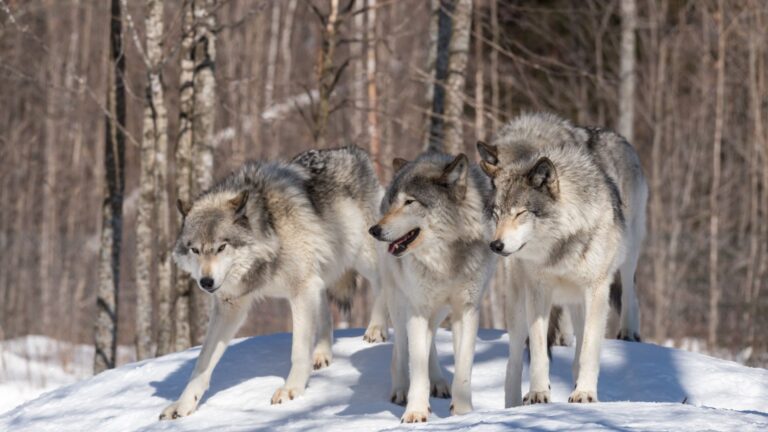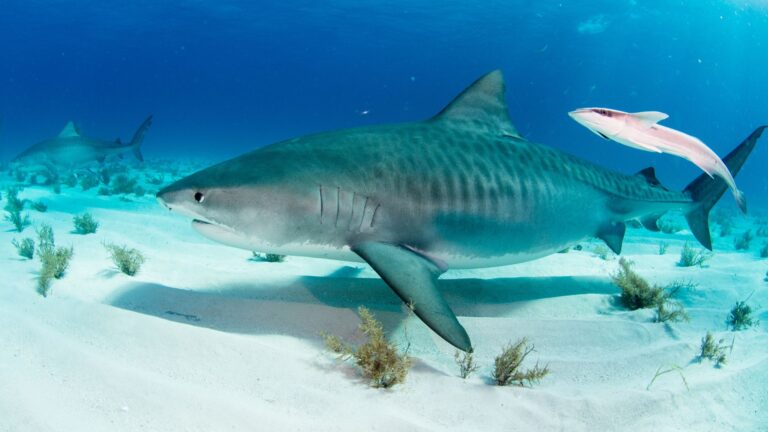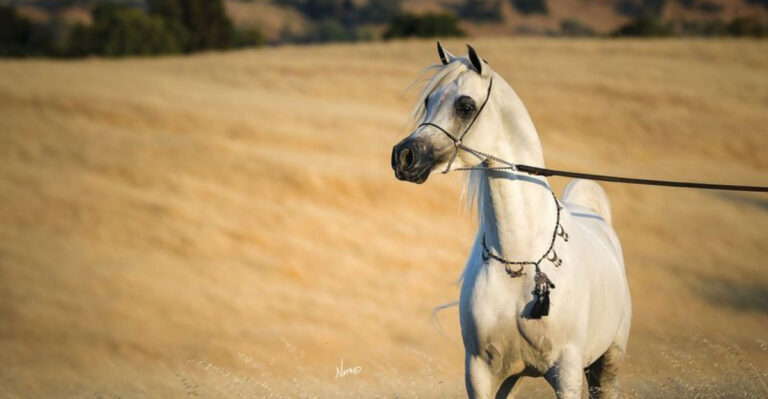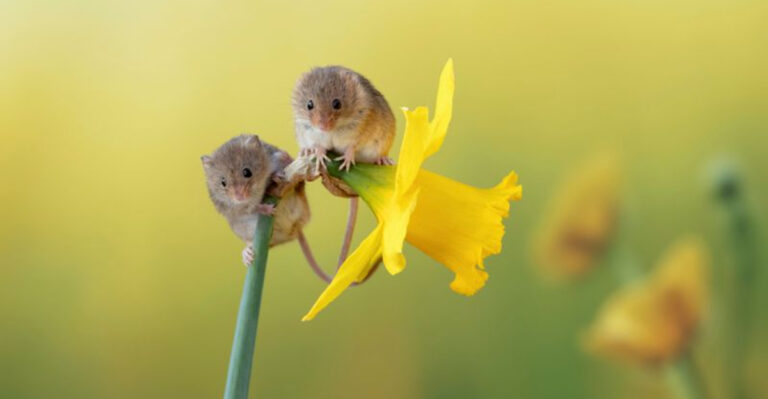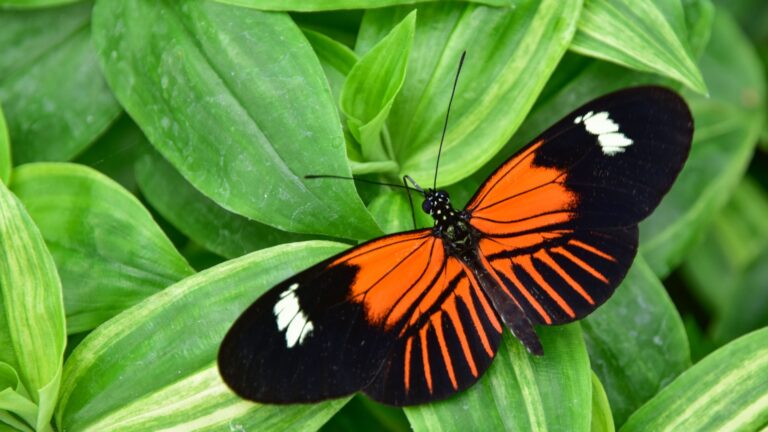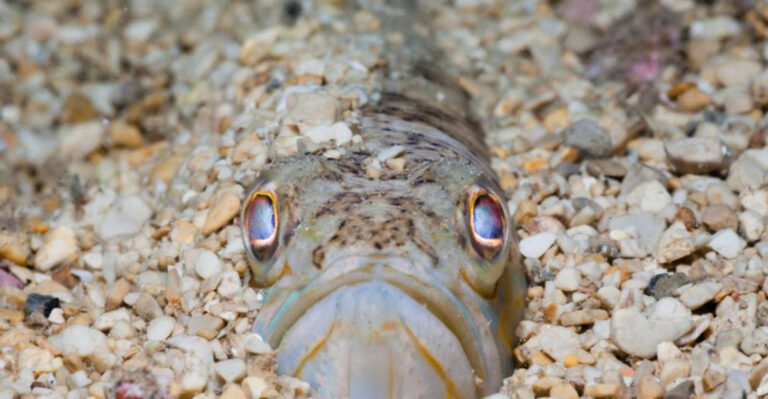20 Bird Species On The Brink Due To Habitat Destruction
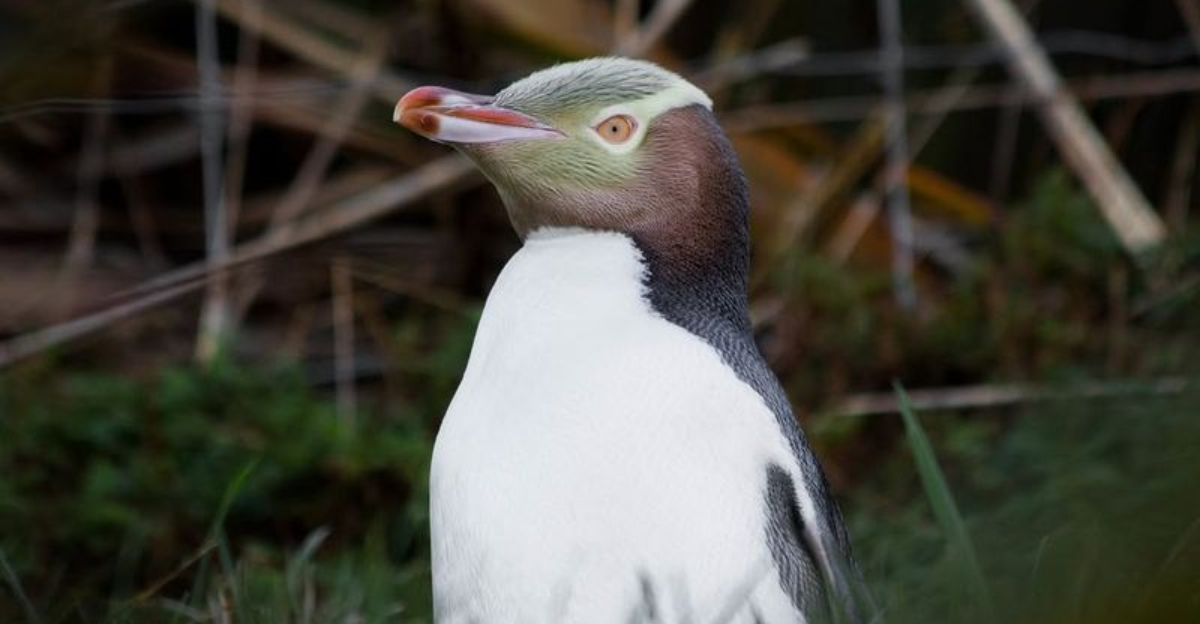
Bird species across the globe are facing unprecedented threats due to habitat destruction. This alarming trend is contributing to the decline of many species, pushing them perilously close to extinction.
Come with us and explore the bird species teetering on the brink, each uniquely affected by the loss of their natural habitats. From the majestic California Condor to the critically endangered Philippine Eagle, these birds embody the urgent need for conservation efforts.
1. Whooping Crane
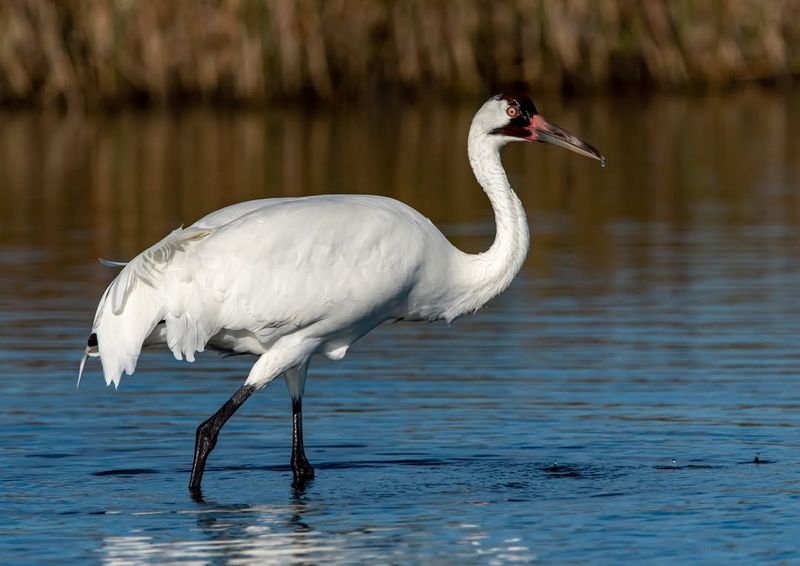
The Whooping Crane is another iconic bird species facing the threat of habitat destruction. Known for their striking white plumage and elegant stature, these birds were once abundant across North America’s wetlands. Today, they are among the rarest cranes in the world, primarily due to the loss of wetlands.
Agricultural expansion and urbanization have significantly altered their natural habitats, leaving them with limited breeding grounds. The cranes rely heavily on wetland ecosystems for breeding and foraging, making the conservation of these areas critical.
Efforts to protect and restore wetlands have been underway, but challenges remain. Climate change also poses a threat, altering the wetland environments that these cranes depend on. Conservationists are working tirelessly to create protected areas and implement policies that support the recovery of the Whooping Crane population.
2. California Condor
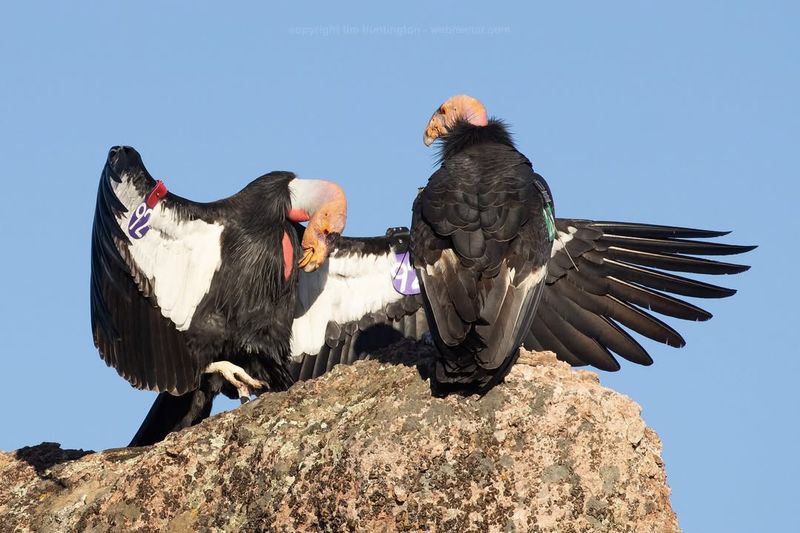
The California Condor, one of North America’s largest birds, is on the brink due to habitat destruction. Historically soaring over the vast landscapes of the American Southwest and Mexico, these majestic birds now face dwindling habitats. Conservation efforts have managed to increase their numbers slightly, yet habitat loss remains a persistent threat.
Condors require large, open spaces to thrive, and human encroachment has significantly impacted their environment. Urban development and industrial activity have disrupted their natural habitats, leading to a decline in their population. These majestic scavengers also face threats from lead poisoning from carcasses left by hunters.
Their survival hinges on dedicated conservation efforts and habitat restoration. Protecting their natural environments and reducing human interference are crucial steps in the journey to ensure the condor’s future. Advocates continue to push for policies that safeguard these magnificent birds and their habitats.
3. Kakapo
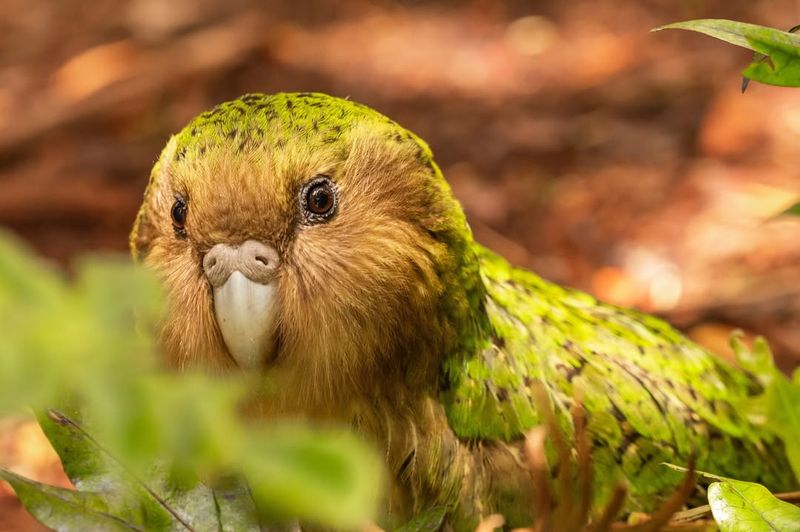
The Kakapo, a flightless parrot native to New Zealand, is critically endangered due to habitat destruction. These nocturnal birds once thrived in the forests of New Zealand, but deforestation and the introduction of predators have greatly reduced their numbers.
The loss of native forests has left the Kakapo with limited habitat and food sources. Conservation efforts have focused on predator control and habitat restoration, aiming to create safe environments for these unique birds. The Kakapo Recovery Program has seen some success, but the road to recovery is long and challenging.
Preserving the remaining forests and controlling invasive species are vital for the Kakapo’s survival. Public awareness and involvement in conservation efforts can help ensure the future of this remarkable parrot. Continued support and dedicated conservation strategies are essential in safeguarding the Kakapo from extinction.
4. Great Indian Bustard
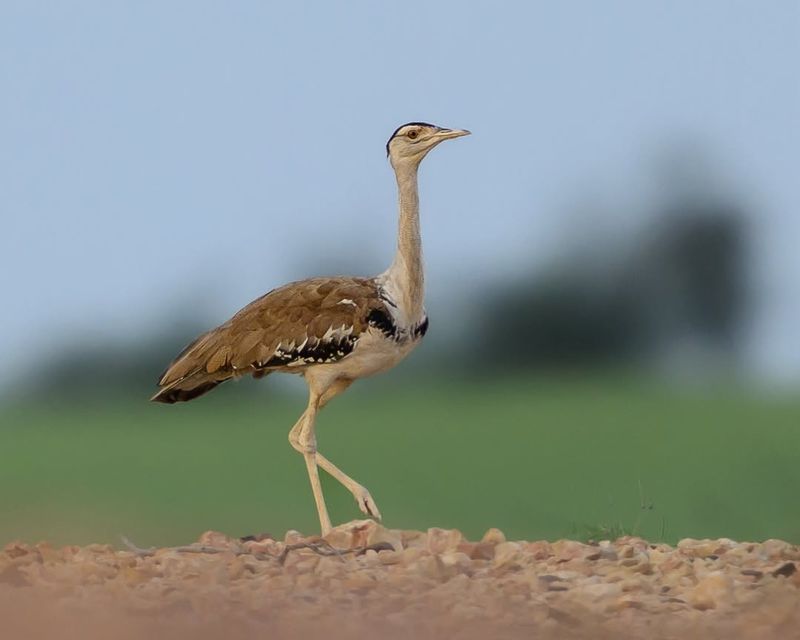
The Great Indian Bustard, one of the heaviest flying birds, is critically endangered due to habitat loss. These majestic birds once roamed across India and Pakistan, but their numbers have plummeted. Primarily dwelling in semi-arid grasslands, they are losing ground to agricultural expansion and infrastructure development.
Their habitat is further fragmented by roads and power lines, posing collision risks. Conservation efforts are in place, focusing on habitat protection and breeding programs. However, without immediate action, this bird’s future remains uncertain.
Active community involvement in conservation can help preserve the remaining habitats. Supporting initiatives that balance agricultural needs with wildlife protection is crucial.
5. Bald Ibis
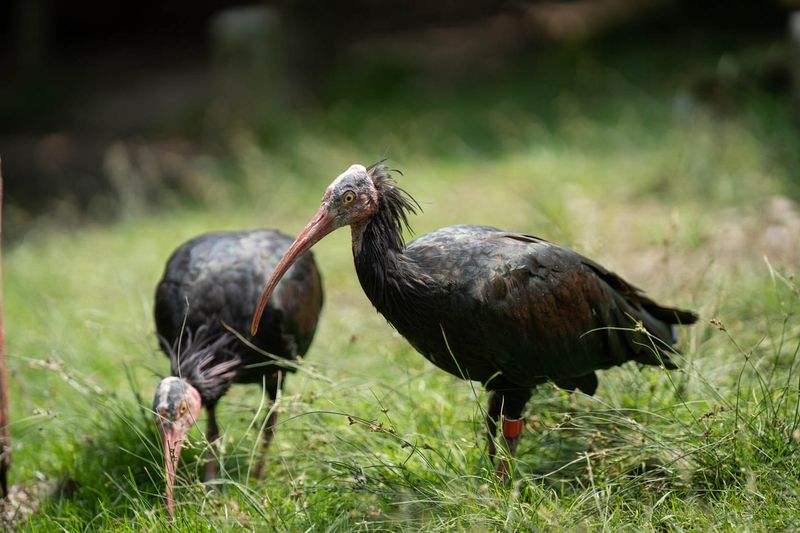
The Bald Ibis is a striking bird with a history as intriguing as its appearance. Found in the Middle East and North Africa, these birds are now critically endangered, primarily due to habitat destruction.
Once widespread across Europe, the Bald Ibis has seen its numbers dwindle dramatically due to human activities such as agriculture and urban expansion. These activities have encroached on their natural habitats, leading to a significant decline in their population.
Conservationists are focused on habitat protection and restoration, as well as raising public awareness about the species’ plight. The establishment of protected areas and the implementation of sustainable land-use practices are essential to ensure the survival of the Bald Ibis. Collaborative international efforts are also crucial in reversing the decline of these unique birds.
6. Spix’s Macaw
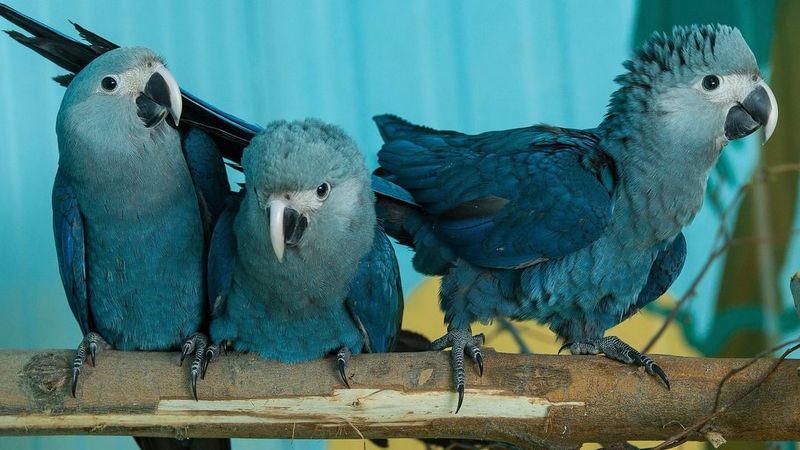
Spix’s Macaw, famously known as the Blue Macaw, has faced severe threats from habitat destruction. Native to Brazil’s tropical forests, these birds have become emblematic of conservation efforts after being declared extinct in the wild.
Deforestation and illegal trapping have driven the decline of Spix’s Macaw’s natural habitat, leaving it with limited options for survival. Conservationists have worked tirelessly to reintroduce these birds into protected areas, where habitat restoration is a priority.
Efforts include creating conservation corridors and planting native vegetation to support their reintroduction. Public engagement and international collaboration have played a significant role in these efforts, highlighting the importance of global partnerships in wildlife conservation. The story of Spix’s Macaw serves as a reminder of the delicate balance between nature and human activity.
7. Ivory-Billed Woodpecker
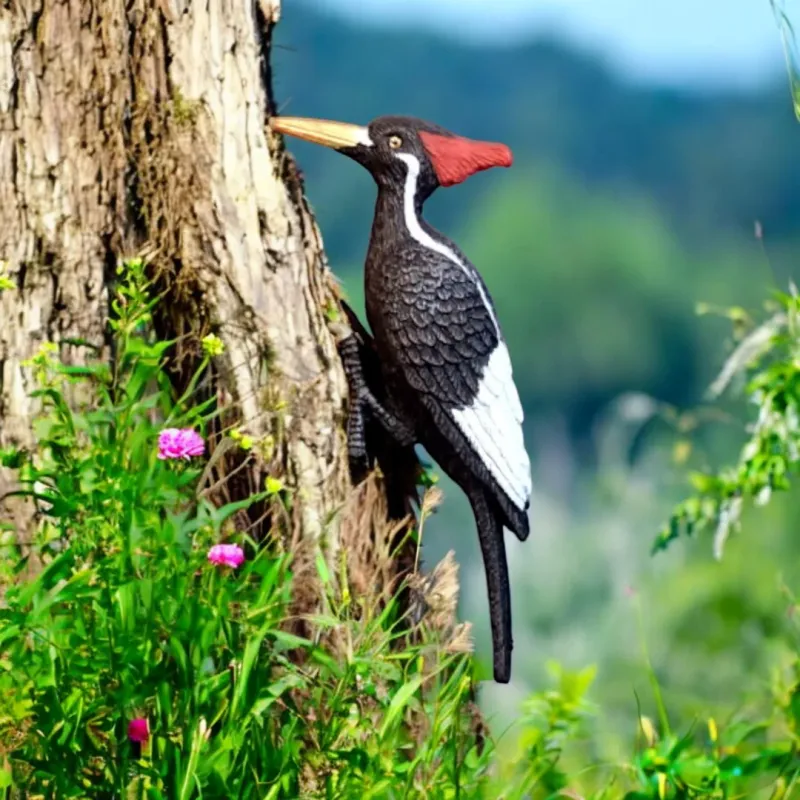
The Ivory-Billed Woodpecker, once widespread across the southeastern United States, is now considered critically endangered, if not extinct. Habitat destruction, primarily due to logging and land conversion, has been the main driver of their decline.
These woodpeckers require large, undisturbed tracts of forest to thrive, but human activities have greatly diminished these areas. Despite unconfirmed reports of sightings, the Ivory-Billed Woodpecker remains elusive, symbolizing the consequences of habitat loss.
Efforts to locate and protect any surviving populations continue, with conservationists advocating for the preservation of remaining forest habitats. Encouraging sustainable forestry practices and protecting old-growth forests are crucial steps in the fight to save this iconic species from permanent extinction.
8. Black-footed Albatross
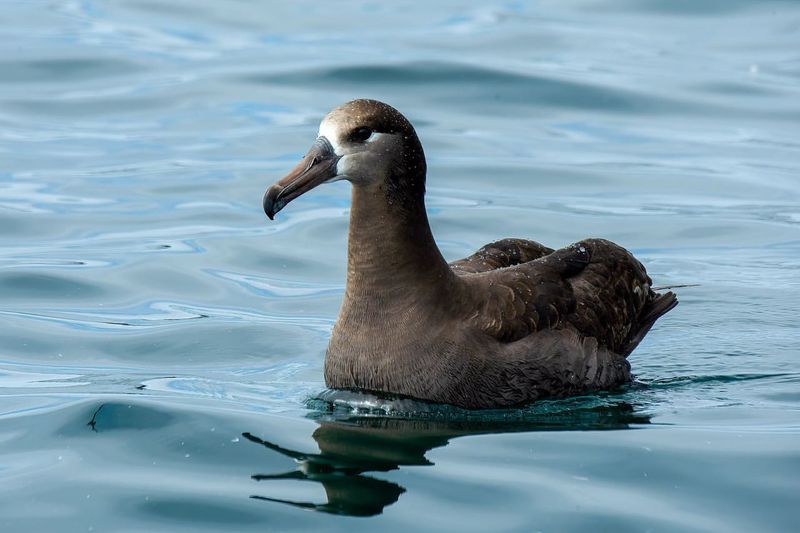
The Black-footed Albatross, a magnificent seabird of the Pacific Ocean, faces threats from habitat destruction and climate change. These birds rely on specific islands for nesting, many of which are threatened by rising sea levels and human activity.
The loss of nesting habitats due to coastal development and environmental changes has drastically impacted their populations. Conservation efforts focus on protecting these critical breeding sites and monitoring populations to ensure their survival.
Reducing plastic pollution and implementing sustainable fishing practices are also essential components of conservation strategies for the Black-footed Albatross. Collaboration between governments and environmental organizations is vital to address the multifaceted challenges these seabirds face.
9. Golden-cheeked Warbler
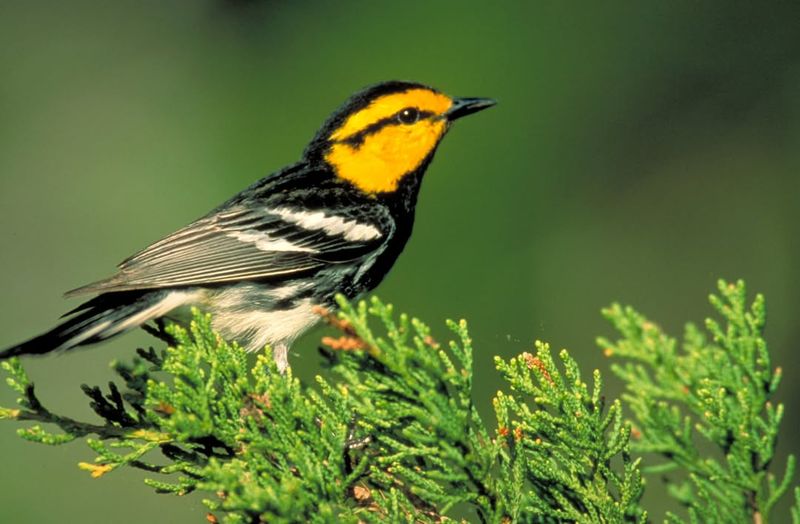
The Golden-cheeked Warbler, endemic to central Texas, is another species facing habitat destruction. These small, strikingly colored birds depend on the unique juniper-oak woodlands for breeding. However, urban development and land conversion have led to significant habitat loss.
Efforts to conserve the Golden-cheeked Warbler focus on protecting and restoring these woodlands. Conservationists work to implement land management practices that support the preservation of this critical habitat.
Public involvement and awareness campaigns are essential in garnering support for these conservation efforts. By engaging local communities and stakeholders, conservationists aim to create a sustainable future for the Golden-cheeked Warbler and its habitat. Continued dedication to habitat preservation is key to the survival of this charming songbird.
10. Florida Scrub-Jay
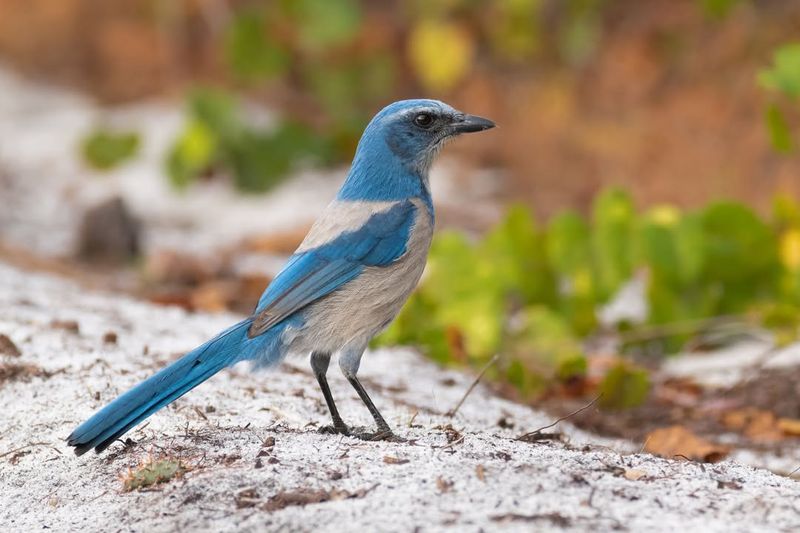
The Florida Scrub-Jay, native to the scrublands of Florida, is facing severe threats from habitat destruction and fragmentation. These birds are unique to Florida and rely on the scrubby flatwoods that have been increasingly lost to development and agriculture.
Conservation efforts focus on habitat preservation and restoration, as well as creating management plans that balance human activity with the needs of the Scrub-Jay. Public land acquisitions and controlled burns are part of strategies to maintain suitable habitats.
Community engagement is crucial in these efforts, with volunteers and local organizations playing a significant role. Educating the public on the importance of scrub habitats can help foster a supportive environment for conservation. These actions are vital in ensuring the survival of the Florida Scrub-Jay, a species that embodies the natural beauty of the region.
11. Peregrine Falcon
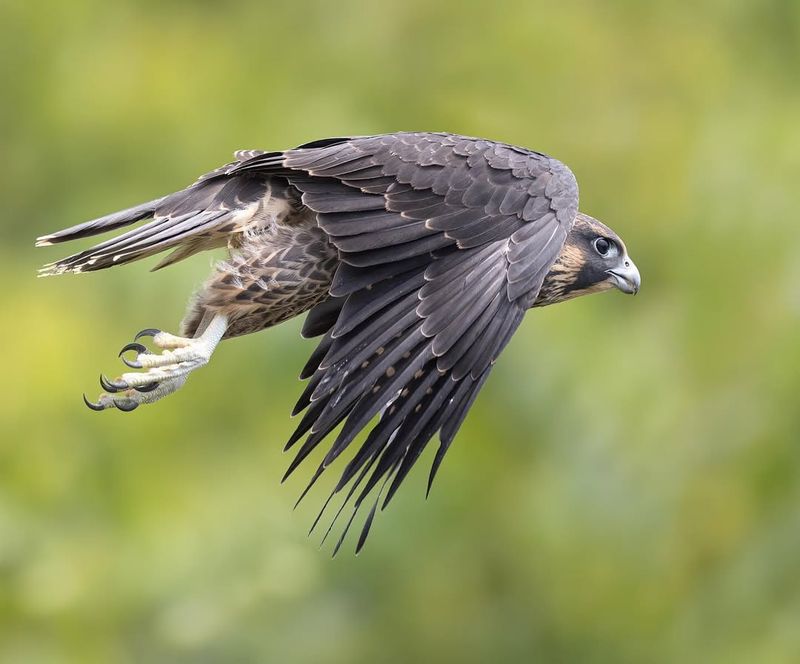
The Peregrine Falcon, renowned for its speed and hunting prowess, faces challenges from habitat destruction, particularly in urban environments. Once threatened by pesticide use, these falcons have made a remarkable recovery but now face new threats from urban expansion and habitat loss.
These adaptable birds have found homes on city skyscrapers, yet the urban landscape presents its own set of challenges. The loss of natural prey and nesting sites due to development has impacted their populations. Conservationists work to monitor urban falcon populations and implement strategies to support their coexistence with humans.
Efforts include providing artificial nesting sites and supporting urban wildlife initiatives. Public education and awareness campaigns are also essential in fostering a harmonious relationship between falcons and city inhabitants. By protecting these iconic birds, we contribute to the biodiversity of urban environments.
12. Greater Sage-Grouse
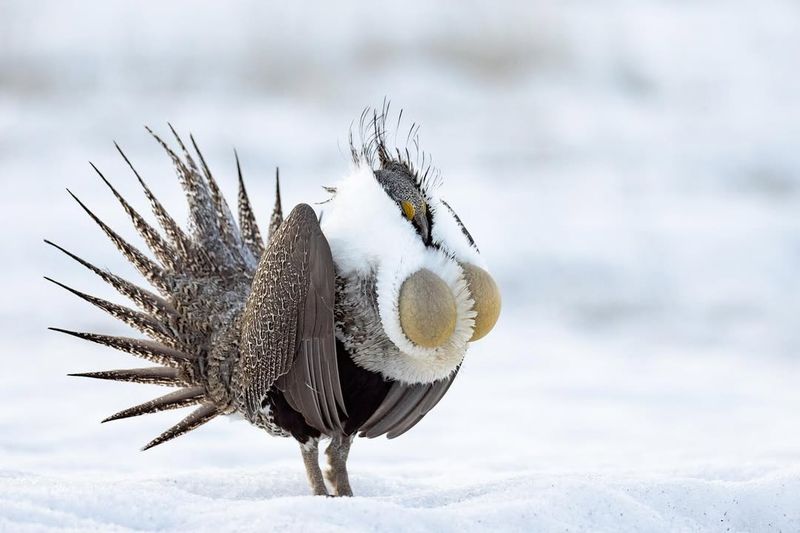
The Greater Sage-Grouse, with its intricate courtship dance, is a symbol of the American West, yet it faces significant challenges from habitat destruction. These birds depend on sagebrush ecosystems, which have been severely impacted by agricultural expansion, energy development, and invasive species.
Efforts to conserve the Greater Sage-Grouse focus on protecting and restoring these vital habitats. Government initiatives and conservation programs work to balance land use with the needs of wildlife, promoting sustainable practices.
Collaboration with local communities and stakeholders is essential in these efforts, ensuring that conservation strategies are effective and inclusive. By protecting the sagebrush ecosystem, we not only support the Greater Sage-Grouse but also preserve the diverse wildlife that shares this unique landscape. Continued commitment to habitat conservation is crucial for the future of these iconic birds.
13. Maui Parrotbill
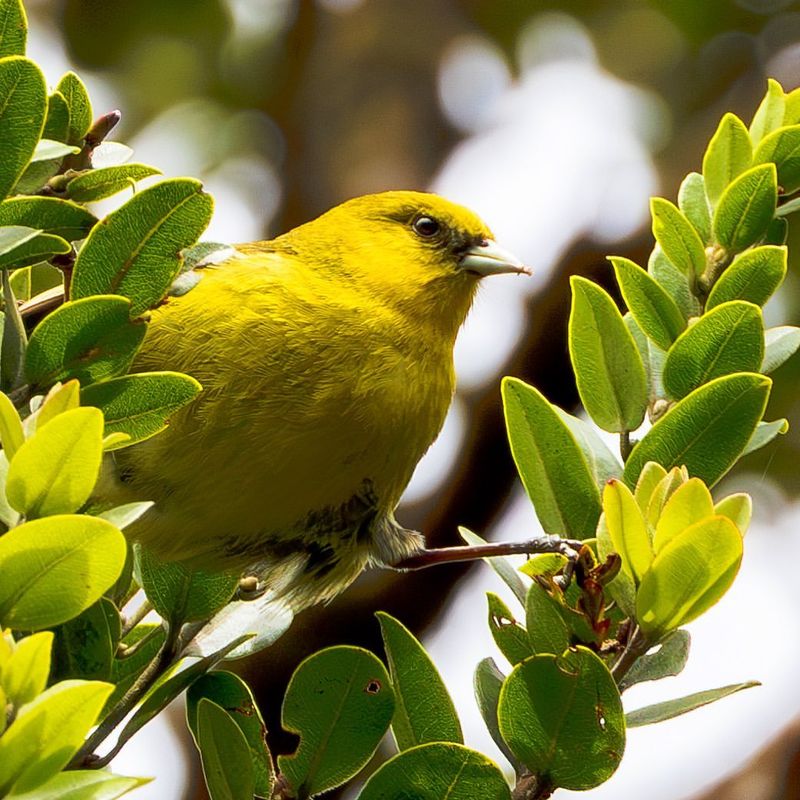
The Maui Parrotbill, a critically endangered honeycreeper, faces severe threats from habitat destruction in its native Hawaiian forests. These unique birds were once abundant, but deforestation and the introduction of invasive species have drastically reduced their numbers.
Conservation efforts focus on habitat restoration and predator control, aiming to create safe environments for the Maui Parrotbill. The establishment of protected areas and reforestation projects are critical components of these efforts.
Public engagement and education are vital in raising awareness and support for the conservation of the Maui Parrotbill. By involving local communities and stakeholders, conservationists hope to foster a sustainable future for this remarkable bird and its habitat. Continued dedication to habitat preservation and restoration is essential in safeguarding the Maui Parrotbill from extinction.
14. Snowy Plover
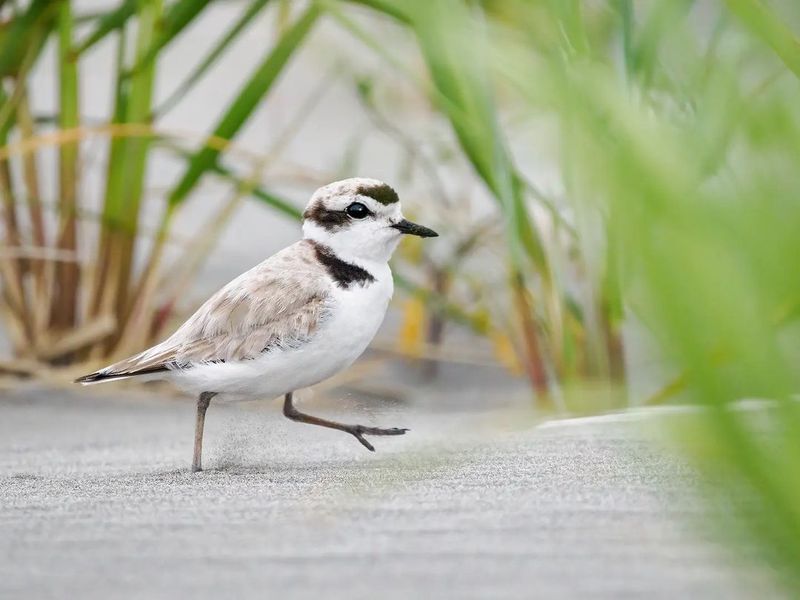
The Snowy Plover, a small shorebird, faces critical threats from habitat destruction along coastal areas. These birds rely on sandy beaches and dunes for nesting, environments increasingly encroached upon by human activity and climate change.
Conservation efforts focus on protecting beach habitats through the designation of protected areas and the implementation of management practices that minimize human disturbance. Efforts also include the restoration of degraded habitats and the control of invasive species.
Public education campaigns aim to raise awareness about the importance of preserving coastal habitats for the Snowy Plover and other wildlife. By engaging local communities and stakeholders, conservationists hope to create a sustainable future for these charming birds. Continued commitment to habitat preservation is crucial for the survival of the Snowy Plover.
15. Pacific Loon
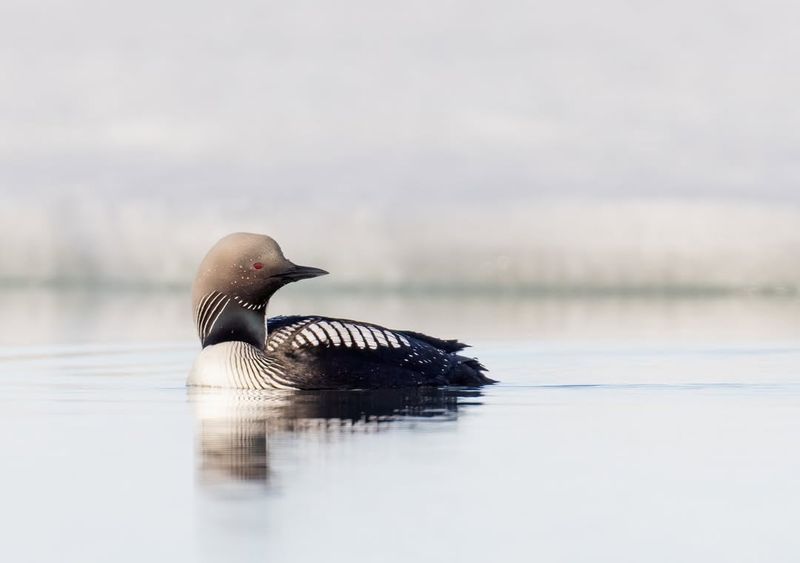
The Pacific Loon, a striking bird of northern waters, faces threats from habitat destruction and climate change. These birds rely on pristine freshwater lakes and coastal environments for breeding and foraging, which are increasingly impacted by human activities.
Efforts to conserve the Pacific Loon focus on protecting these critical habitats and monitoring populations to understand the impacts of environmental changes. Conservation strategies also include the reduction of pollution and the promotion of sustainable land-use practices.
Collaboration between governments and environmental organizations is essential in addressing the multifaceted challenges these birds face. By protecting the habitats of the Pacific Loon, we contribute to the conservation of the diverse ecosystems they inhabit. Continued dedication to habitat preservation is vital for the survival of this remarkable species.
16. Yellow-eyed Penguin
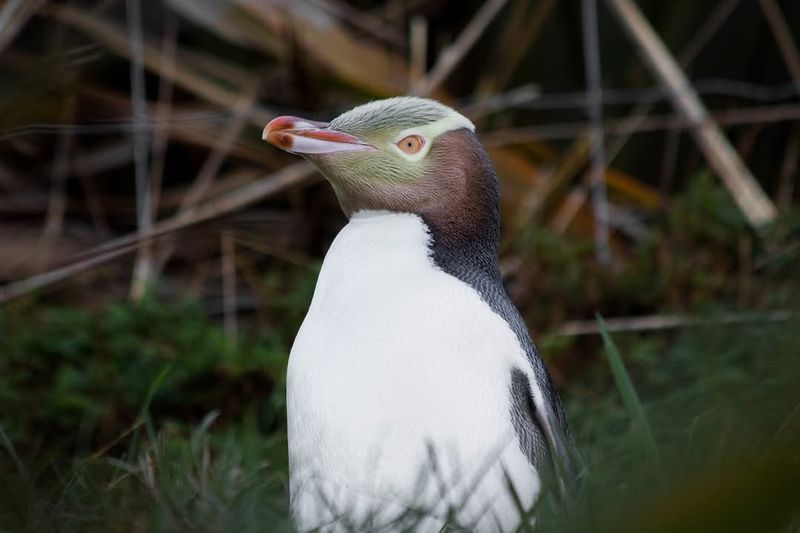
The Yellow-eyed Penguin, native to New Zealand, is one of the rarest penguin species, facing significant threats from habitat destruction. These penguins rely on coastal forests and scrublands for nesting, environments increasingly impacted by human activities and climate change.
Conservation efforts focus on habitat restoration and predator control, aiming to create safe environments for the Yellow-eyed Penguin. The establishment of protected areas and reforestation projects are critical components of these efforts.
Public engagement and education are vital in raising awareness and support for the conservation of the Yellow-eyed Penguin. By involving local communities and stakeholders, conservationists hope to foster a sustainable future for this remarkable bird and its habitat. Continued dedication to habitat preservation and restoration is essential in safeguarding the Yellow-eyed Penguin from extinction.
17. South Island Kaka
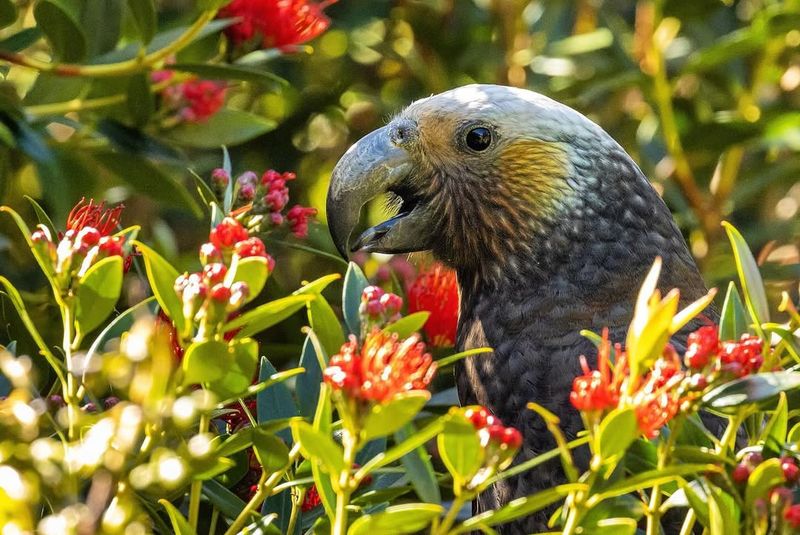
The South Island Kaka, a forest parrot endemic to New Zealand, faces significant threats from habitat destruction and introduced predators. These birds rely on native forests, which have been increasingly lost to logging and human development.
Conservation efforts focus on habitat restoration and predator control, aiming to create safe environments for the South Island Kaka. The establishment of protected areas and reforestation projects are critical components of these efforts.
Public engagement and education are vital in raising awareness and support for the conservation of the South Island Kaka. By involving local communities and stakeholders, conservationists hope to foster a sustainable future for this remarkable bird and its habitat. Continued dedication to habitat preservation and restoration is essential in safeguarding the South Island Kaka from extinction.
18. Spoon-billed Sandpiper
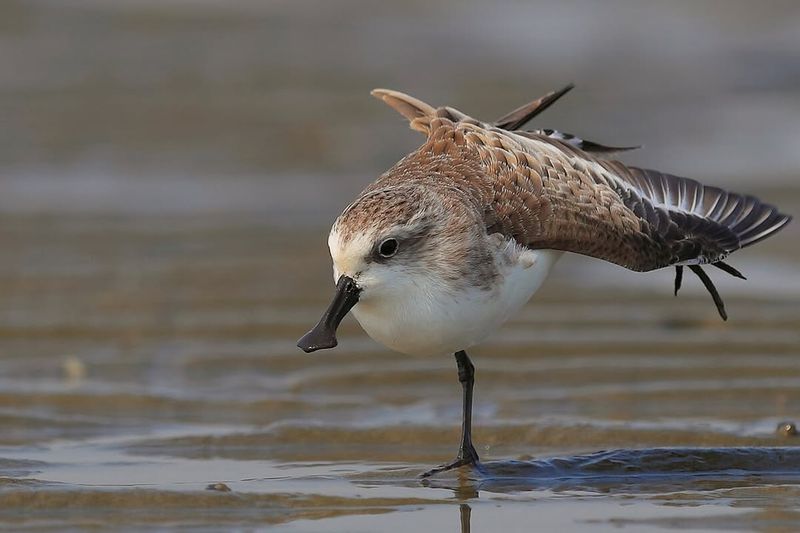
The Spoon-billed Sandpiper, a small shorebird, is critically endangered due to habitat destruction along its migratory route. These birds rely on tidal flats and coastal areas for feeding and breeding, environments increasingly threatened by human activities and climate change.
Conservation efforts focus on protecting these critical habitats through international collaboration and the implementation of management practices that minimize human disturbance. Efforts also include habitat restoration and the control of invasive species.
Public education campaigns aim to raise awareness about the importance of preserving these habitats for the Spoon-billed Sandpiper and other wildlife. By engaging local communities and stakeholders, conservationists hope to create a sustainable future for these remarkable birds. Continued commitment to habitat preservation is crucial for the survival of the Spoon-billed Sandpiper.
19. Philippine Eagle
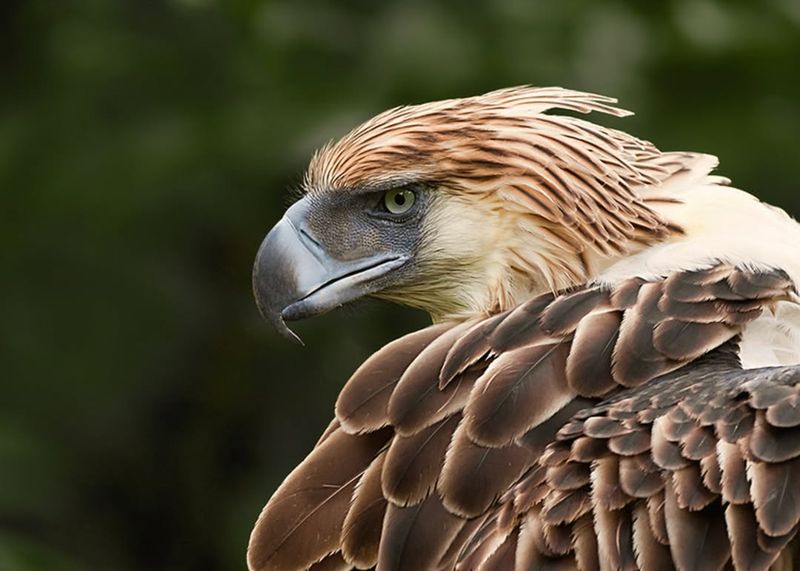
The Philippine Eagle, one of the largest and most powerful birds of prey, faces critical threats from habitat destruction. These eagles rely on pristine rainforests for nesting and hunting, environments increasingly impacted by deforestation and human encroachment.
Conservation efforts focus on habitat protection and restoration, as well as breeding programs to increase population numbers. The establishment of protected areas and reforestation projects are critical components of these efforts.
Public engagement and education are vital in raising awareness and support for the conservation of the Philippine Eagle. By involving local communities and stakeholders, conservationists hope to foster a sustainable future for this magnificent bird and its habitat. Continued dedication to habitat preservation and restoration is essential in safeguarding the Philippine Eagle from extinction.
20. Forest Owlet
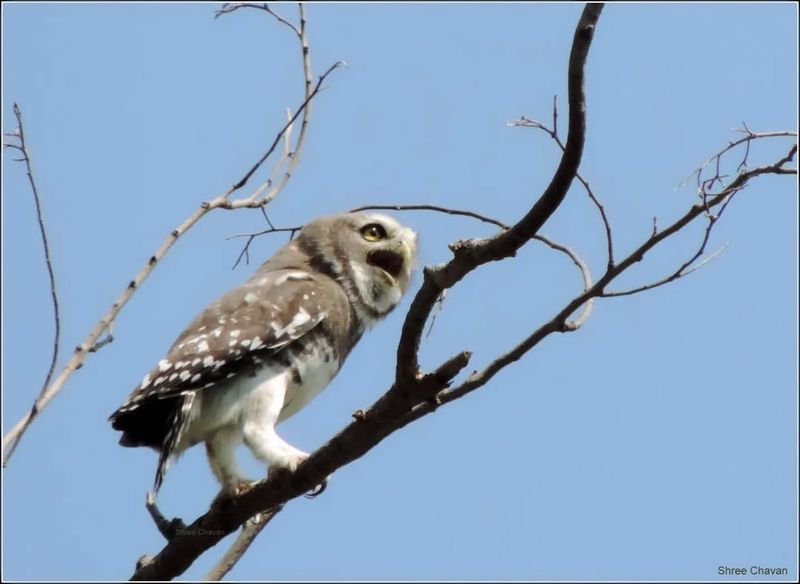
The elusive Forest Owlet, native to central India, faces imminent extinction due to habitat destruction and fragmentation. These small owls inhabit dense, deciduous forests, which are rapidly vanishing due to logging and agricultural encroachment.
Once believed extinct, the Forest Owlet was rediscovered in 1997, sparking hope among ornithologists. Conservationists emphasize protecting existing forests and reforestation to provide suitable habitats.
To aid their survival, supporting reforestation projects and sustainable land use practices is essential. Raising awareness about their plight can encourage conservation efforts and habitat restoration.

